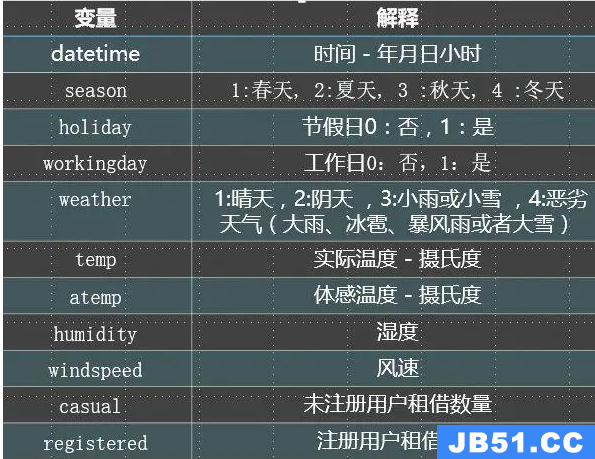Author: Notus([email protected])
Create: 2019-02-16
Update: 2019-02-16
随机数测试(一):Frequencey test(monobit test),Serial test(two-bit test) and Poker test
环境
Python version: 3.7.1
代码如下(PseudorandomTest.py)
‘‘‘
Pseudorandom Sequences Tests:
1. Frequency test (monobit test)
2. Serial test (two-bit test)
3. Poker test
4. Runs test
5. Autocorrelation test
@Author: Notus([email protected])
@Create: 2019-02-15
@Update: 2019-02-16
‘‘‘
# 1. Frequency test(monobit test)
def monobitTest(num):
n = len(num)
n0 = num.count(‘0‘)
n1 = num.count(‘1‘)
x1 = (n0 - n1) ** 2 / n
return n,n0,n1,x1
# 2. Serial test(two-bit test)
def serialTest(num):
n = len(num)
n0 = num.count(‘0‘)
n1 = num.count(‘1‘)
n00 = n01 = n10 = n11 = 0
for i in range(0,n-1):
i0 = num[i]
i1 = num[i+1]
if i0 == ‘0‘:
if i1 == ‘0‘:
n00 += 1
else:
n01 += 1
else:
if i1 == ‘0‘:
n10 += 1
else:
n11 += 1
i += 1
x2 = 4 * (n00**2 + n01**2 + n10**2 + n11**2) / (n-1) - 2 * (n0**2 + n1**2) / n + 1
return n,n00,n01,n10,n11,x2
# 3. Poker test
def pokerTest(num,m):
n = len(num)
k = n // m
if k < 5 * (2 ** m):
raise ValueError("Error: the value of m is invalid for Poker Test!")
# ni count list,0 <= i <= 2**m - 1
ni_list = [0] * (2 ** m)
# counting
for b in range(0,n-m,m):
index = 0
for c in range(m):
index = index * 2 + int(num[b + c])
ni_list[index] += 1
s = 0
for i in range(1,2**m + 1):
s += ni_list[i - 1] ** 2
x3 = (2 ** m) * s / k - k
return k,ni_list,x3
# 4. Runs test
# Todo
# 5. Autocorrelation test
# Todo
if __name__ == ‘__main__‘:
num = (‘11100‘ + ‘01100‘ + ‘01000‘ + ‘10100‘ + ‘11101‘ + ‘11100‘ + ‘10010‘ + ‘01001‘) * 4
x1 = monobitTest(num)
print("frequency test: \nn = {},n0 = {},n1 = {},\nX1 = {}\n".format(*x1))
x2 = serialTest(num)
print("serial test: \nn = {},n00 = {},n01 = {},n10 = {},n11 = {},\nX2 = {}\n".format(*x2))
try:
x3 = pokerTest(num,3)
except ValueError as err:
print(err.args[0])
sys.exit()
print("poker test: \nk = {},ni_list = {} \nX3 = {}\n".format(*x3))
运行结果
$python PseudorandomTest.py
frequency test:
n = 160,n0 = 84,n1 = 76,
X1 = 0.4serial test:
n = 160,n00 = 44,n01 = 40,n10 = 40,n11 = 35,
X2 = 0.6251572327043959poker test: k = 53,ni_list = [5,10,6,4,12,3,7] X3 = 9.641509433962263





